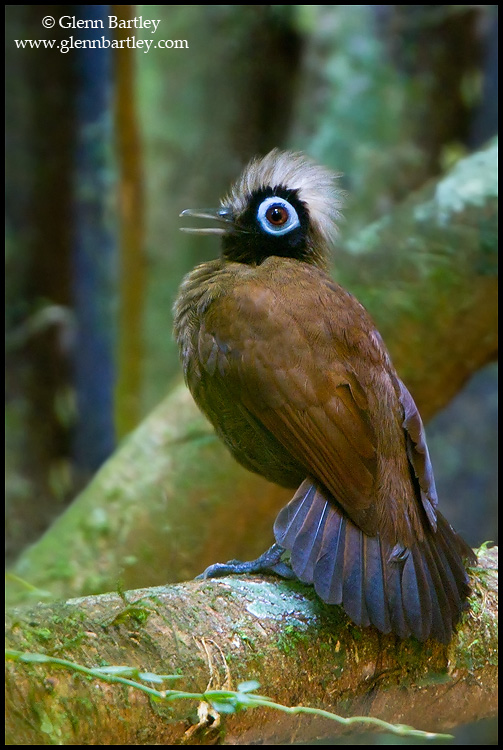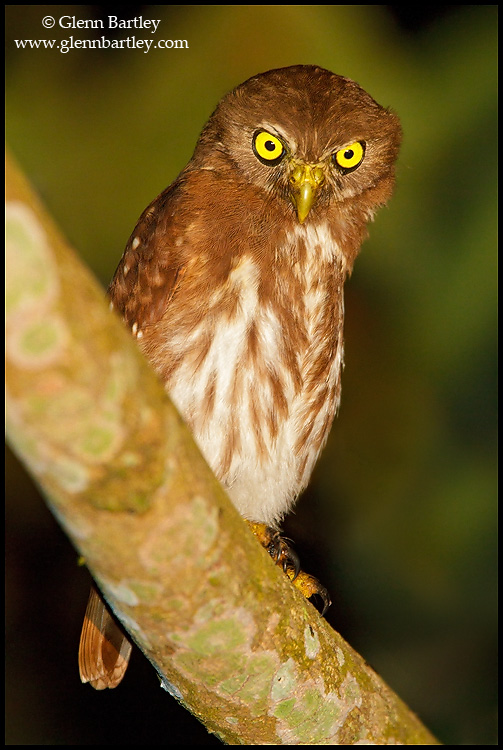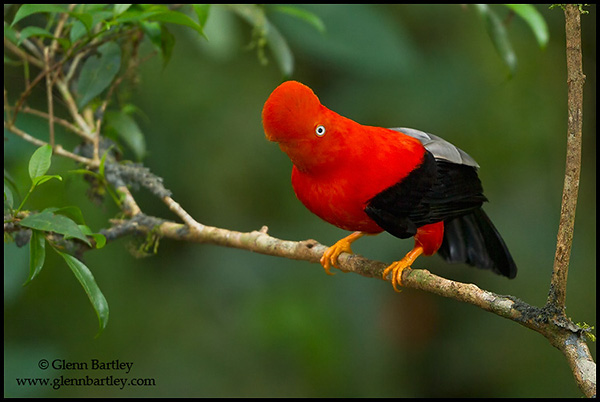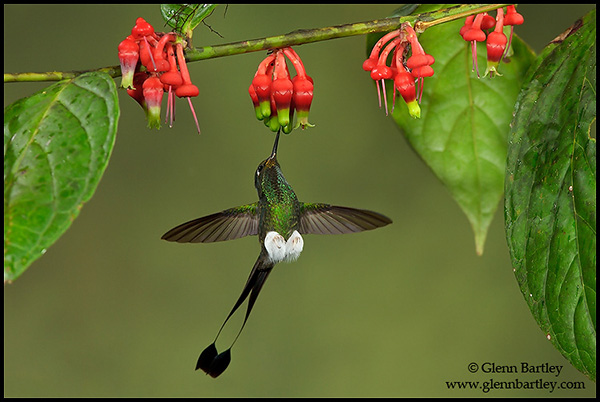WANT TO TAKE GREAT RAINFOREST PHOTOS? GET TO KNOW YOUR SUBJECTS!
Photography in the tropics can be a very challenging endeavor. Aside from the technical aspects of photography (such as shooting in low light and using fill flash) photographers must also come to terms with the fact that they are now dealing with species and ecosystems that are unfamiliar. Because of this, when it comes to tropical nature photography arming yourself with as much knowledge as is possible is a tremendous asset and will ultimately lead to more opportunities to create exceptional images.
It is important for photographers and naturalists to realize that in such diverse communities the way that species behave, interact and live their lives is often very different than in those that reside in more temperate regions. In this article we present a selection of our top tips for nature photography in the tropics. We also discuss a few resources for information and ways in which you can get the most out of your photography trip.
TOP TROPICAL TIPS
Find the Fruit – Many tropical birds are frugivorous. Beautiful and exciting birds like Toucans, Tanagers and Cotingas are all primarily fruit eaters. Knowing which trees and shrubs provide the most desirable food and where these trees are located is often a great way to find and photograph birds.
Mixed Species Flocks – One very interesting aspect of bird photography in the tropics is that birds participate in what are called mixed species flocks. Essentially this is when a group of birds of a variety of different species join together to move about through the forest and feed. The idea is that there is strength in numbers and that they can all keep a lookout for predators while they travel around to feed. Often the flock is composed of birds that exploit different niches. Therefore they do not compete in the same areas of the forest or for the same food resources. Keeping a look out for flocks is an important part of rainforest bird photography and it can be a thrilling experience to encounter a big flock where dozens of species may be seen and photographed in a matter of minutes.
Ant Swarms – Another fascinating aspect of tropical bird photography is encountering an army ant swarm. The reason that this is such a find is that many species of birds are very devoted army ant followers. These birds follow the ant swarms not to eat the ants themselves. Instead, they follow the leading edge of the swarm to snatch up any creatures that are trying to flee from the swarm. Finding a good ant swarm means that you will almost inevitably encounter a variety of understory birds. Because the birds are so focused on watching for their next meal they are often very easy to approach and photograph. Just make sure you are wearing good boots and have your pant legs tucked in or taped off to avoid being bitten yourself!
Trap Lines and Consistent Perches – An excellent way to get great photographs of hummingbirds is to be aware that they exhibit some very consistent behaviour patterns. Many species of hummingbirds (especially the Hermits) are known as trap line feeders. This means that they fly between feeding sites on a regular route each and every day. If you are able to identify one of their favourite feeding sites you might just be able to wait for them to return and catch a photo or two. Just be aware that for some species this could mean waiting for several hours. An even better way to photograph hummingbirds is to recognize that they routinely perch in the exact same places. If you notice a spot where a hummingbird has landed (especially if it is near a feeding station) there is a very good chance that it will return to that same spot.
More Species…Not necessarily more individuals – Many Photographers who visit the tropics for the first time are often disappointed to arrive and not find the trees dripping with birds and the forests absent of bird sounds. While it is generally true that tropical forests hold more different types of species, there are not necessarily as many individuals. In fact birding in a tropical forest can sometimes be painfully slow for hours at a time (especially at mid day).
Calls Don’t Work – At least not nearly as well as they do in more temperate latitudes. The birds in general simply have not evolved the same kind of aggressive territorial behaviour that those in more temperate latitudes have. Highland birds and some hummingbirds are perhaps the exception to this rule.
Know Your Pygmy Owls – One great way to attract birds in tropical areas is to play the call of whatever the local Pygmy Owl is. Birds from all over the area will likely come in to investigate and will often perch out in the open. The challenge is that there are approximately 20 species of Pygmy Owls throughout the tropics and in order for this technique to work you must know which call to use.
Light Gaps – Life for plants in the tropical forest is characterized by a constant struggle for light. More light means more energy for photosynthesis which means more growth. When a large tree falls as a result of age or storms, light floods the new open area, and plants look to capitalize on the new source of light. Flowering bushes and plants such as Heliconias and gingers colonize the area and quickly attract scores of butterflies and hummingbirds.
The photographer can take advantage of these subjects and the relatively higher light levels, which of course mean higher shutter speeds. These areas also offer good places for landscape photography as the colorful flowers can provide for great foreground subjects for wide angle images. Keep an eye out too for small to medium-sized lizards in light gaps as the sun and more concentrated insect activity are both attractive to them.
Cecropia Trees – In the New World tropics, one of the main pioneer species to colonize light gaps and forest edges is the Cecropia tree. In a light gap, it’s all about getting to the light first, and Cecropias employ two interesting methods to help them. First, they grow tall very quickly. Second, they enlist the help of ants in the genus Azteca, which live in the hollow stems and feed off extrafloral nectary glands at the base of the leaf petioles. Azteca ants will defend their source of food and shelter against caterpillars and other insects and animals that could compromise the Cecropia’s growth.
Cecropias are important for the photographer for two reasons. First, the fruits attract lots of birds (toucans, tanagers, aracaris), and mammals such as sloths and howler monkeys eat the leaves. Second, the very design of the Cecropia makes it an attractive setting for wildlife photography. The open branching architecture offers clean perches, and the large palmate leaves provide a tropical sense of place for our wildlife photographs. If a local guide tells you of a photo opportunity in a Cecropia, it may be worth your while to check it out.
Look for Water – Accessible aquatic areas offer the tropical nature photographer a myriad of opportunities. A rushing stream in a cloud forest or a meandering backwater flow in a lowland forest provide great compositional opportunities for landscapes. During the rainy season, flowing water is a breeding ground for elusive glass frogs, whose tadpoles depend on the turgidity of the water for survival. Stagnant water, in contrast, is the breeding ground for many species of tree frogs. And larger lagoons/lakes will of course offer us chances to photograph aquatic birds as well as crocodiles and caimans.
Fallen fruit – Fruit doesn’t attract animals only when it is still on the plant. Many animals such as agoutis, pacas, wild boar, morpho butterflies, and larger ground-dwelling birds seek out ripe fruit after it has fallen to the forest floor. Poachers look for trees dropping fruit in the forest because they know that it will attract the animals they are hunting, albeit illegally. We don’t advocate poaching of course but we can use this same principal to stalk our photographic prey!
Do your Research and Have a Plan – If you want to get the most out of any photography trip to the tropics you need to do your research and formulate a plan. Simply showing up and hoping good things happen is often not a successful approach. Reading trip reports online of past birdwatching / photography trips is a great place to start and will give you an idea of what species to expect where.
SOURCES OF INFORMATION
Field Guides: Excellent field guides are available for the birds of most countries these days. In addition field guides to mammals, plans and tropical ecosystems as a whole are widely available.
A Neotropical Companion: This excellent book is a wonderful source of information and is a joy to read. An excellent book to have for anyone headed to the Neotropics!
Naturalist Guides: In addition to the printed literature about tropical ecosystems, it is often a good idea to enlist the services of a local guide. Ask around as to who the best local guides are and if possible spend some time with them in the field. Local knowledge about any ecosystem is generally invaluable.
Photography Workshops: There is simply no better way to get high quality images in the tropics than to attend a photography workshop with a professional photographer who has expertise in the area. Such leaders will have established relationship with lodges and refuges that will mean great photo opportunities for you, and they will also be able to share lots of technical photographic knowledge for how to deal with the challenges of tropical nature photography. Take care choosing your leader though as there are many trip leaders who are not very knowledgeable at all about tropical ecosystems and/or tropical photography and are just trying to get you to pay for their trip.
The Guide to Tropical Nature Photography: An essential manual for any photographer heading to the tropics, this new e-book by Glenn Bartley and Greg Basco is packed with over 400 pages of techniques and tips to help photographers make the most of their visit to these challenging photographic destinations. CLICK HERE TO CHECK IT OUT
Top photo: Banded Ground-Cuckoo (Neomorphus radiolosus). Glenn Bartley.
___________________________________________________________________________________________________
Glenn Bartley is a professional nature photographer who focuses on photographing birds in their natural habitat. He resides in Victoria, British Columbia on Canada’s West Coast. Glenn leads photographic workshops throughout the New World Tropics.
To see more of Glenn’s images or find out how you can join him on a photo workshop visit: www.glennbartley.com.







